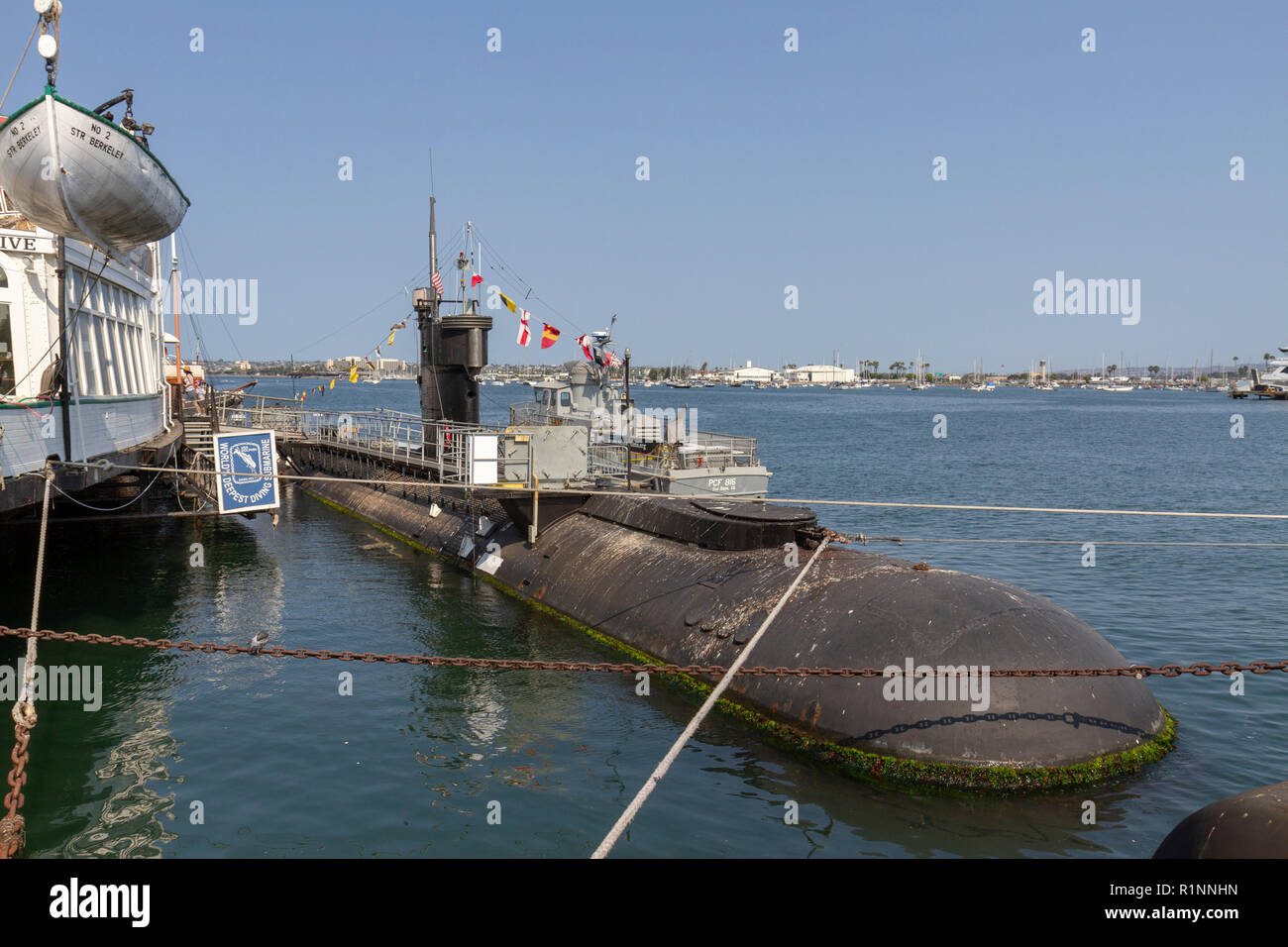
The project is again on its way and the contract is rewritten and signed on April '91. An Israeli delegation is sent to Germany and late at night on January 30th Chancellor Kohl approves an assistance package including the construction of two Dolphin submarines. On January 15th 1991 the Gulf War broke out and the next day Israel experienced for the first time the long distance ballistic missiles attack on its civilian population. In spite of several Ministers resistance to Arens' termination of the program, PM Shamir except the rule and make it final.

Heavy pressure of the IDF combined with budgetary burden led Defense Minister Arens, on November 30th '90, to a regretful and unfortunate decision to terminate the submarine contract. The ambitious modernization program of the Navy urgently needs a creative solution, which would enable the US funds and still select a capable and experienced shipyard in the conventional submarines. At those early stages the Navy had the "SAAR 5" program running in parallel and the main activity on the submarine subject was executed both in Germany (IKL, Lübek) concerning the platform and US (Rockwell, California) as for the combat systems. The submarines cost $320 million each, and are twice as big as the aging Gal-class submarines that the Israeli navy has relied on to date.Īs early as 1984 the IN started with the "Concept design" involving the Dutch Wilton - Fejnord and the German IKL companies and later in 1986 the preliminary design had started. The purpose of these submarines is to enable the Israel Navy to meet all the tasks faced in the Mediterranean Sea in the 21st century. Modern submarines with the most advanced sailing and combat systems in the world, they combine extensive sophistication with very easy operation.

Three 1,925 ton Type 800 Dolphin class submarines have been built in German shipyards for the Israel Navy, with an additional two ordered in mid-2006 for delivery starting in 2010.


 0 kommentar(er)
0 kommentar(er)
